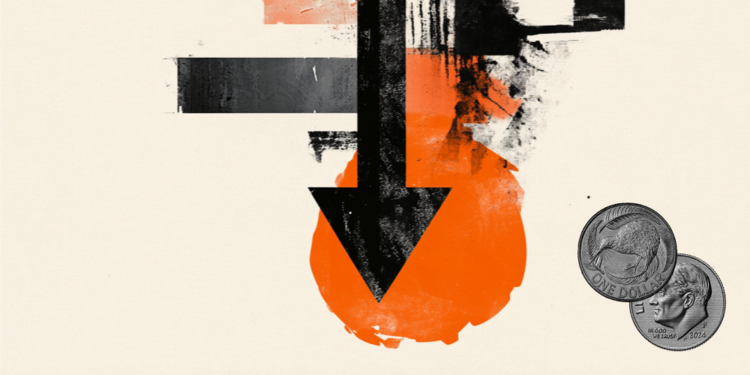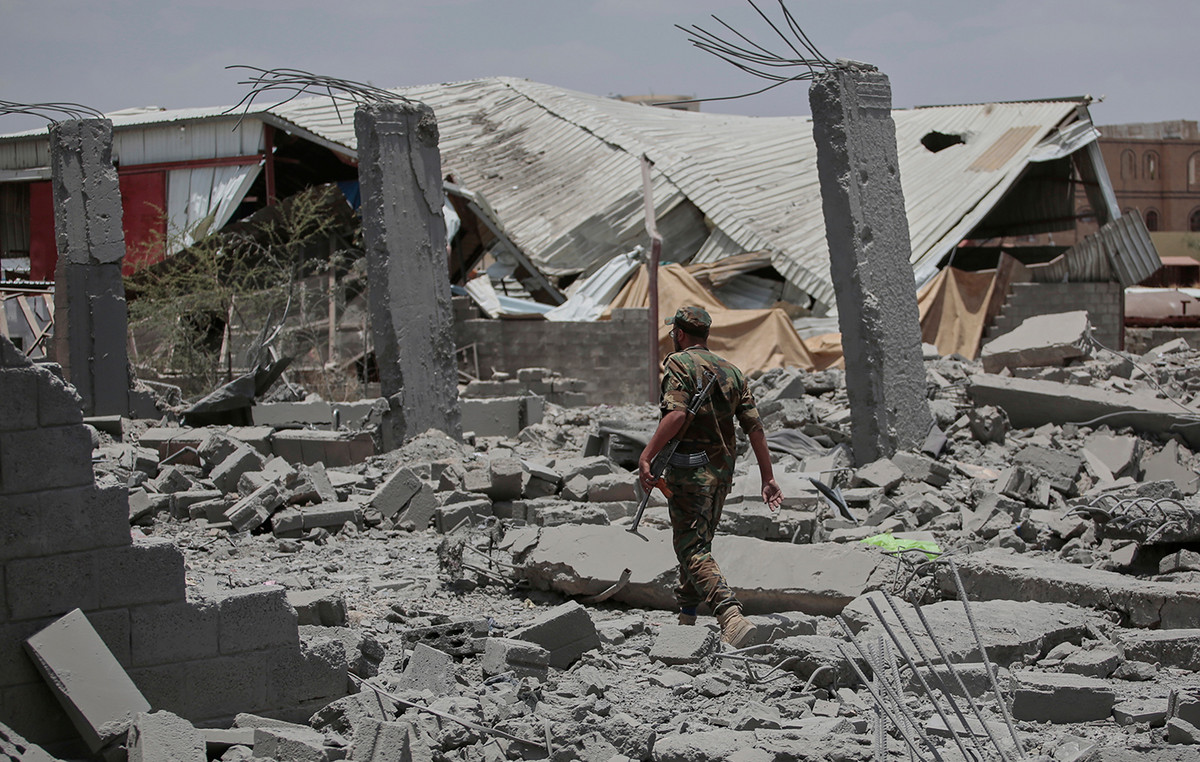- The US dollar fell 0.94% today against Chilean peso, currently quoting over 941.03.
- The industrial production of Chile contracted 3.6% in February, signing its worst fall since May 2023.
- The dollar index wins 0.11% daily, operating at the moment in 104.11.
- The United States Economic Agenda considers the Index of Purchase Managers (PMI) of Chicago, hoping that it will be located at 45.4 points in March.
- Investors remain cautious prior to the application of Trump’s reciprocal tariffs on April 2.
The USD/CLP today marked a minimum of the day at 929.19, attracting aggressive buyers who took parity to a maximum not seen from March 4 in 953.75. At the time of writing, the USD/CLP operates in 941.03, winning 0.94% daily.
Chilean weight gains ground prior to the application of reciprocal tariffs by Donald Trump
The National Institute of Statistics of Chile announced that the industrial production corresponding to February fell 3.6%, registering its deepest contraction since May 2023. This figure is after the rise of 1.9% observed the previous month.
On the other hand, the dollar index is 0.11% on the first day of the week, quoting at the time of writing at 104.11, ending with two consecutive days with losses.
The operators will be attentive to the publication of the PMI of Chicago. The market consensus estimates 45.4 points in the March reading, slightly less than 45.5 points registered the previous month. Similarly, investors maintain the focus on the application of Donald Trump’s reciprocal tariffs on Wednesday, April 2. The president of the United States has maintained an erratic commercial position, threatening the tariff imposition to copper in the coming weeks.
In this scenario, the Chilean weight reaches minimum of four weeks, while the USD/CLP reacts down after visiting maximums not seen since March 4 in 953.75, ending with a streak of three consecutive days with profits.
Technical levels in the USD/CLP
The USD/CLP established a short -term support given by the minimum of March 19 at 915.57. Upwards, the closest resistance is located in 963.00, maximum of February 28. The next key resistance zone is observed in 1,017.05, pivot point of January 17.
USD/CLP daily graphics

US dollar FAQS
The US dollar (USD) is the official currency of the United States of America, and the “de facto” currency of a significant number of other countries where it is in circulation along with local tickets. According to data from 2022, it is the most negotiated currency in the world, with more than 88% of all global currency change operations, which is equivalent to an average of 6.6 billion dollars in daily transactions. After World War II, the USD took over the pound sterling as a world reserve currency.
The most important individual factor that influences the value of the US dollar is monetary policy, which is determined by the Federal Reserve (FED). The Fed has two mandates: to achieve price stability (control inflation) and promote full employment. Its main tool to achieve these two objectives is to adjust interest rates. When prices rise too quickly and inflation exceeds the 2% objective set by the Fed, it rises the types, which favors the price of the dollar. When inflation falls below 2% or the unemployment rate is too high, the Fed can lower interest rates, which weighs on the dollar.
In extreme situations, the Federal Reserve can also print more dollars and promulgate quantitative flexibility (QE). The QE is the process by which the Fed substantially increases the flow of credit in a stuck financial system. It is an unconventional policy measure that is used when the credit has been exhausted because banks do not lend each other (for fear of the default of the counterparts). It is the last resort when it is unlikely that a simple decrease in interest rates will achieve the necessary result. It was the weapon chosen by the Fed to combat the contraction of the credit that occurred during the great financial crisis of 2008. It is that the Fed prints more dollars and uses them to buy bonds of the US government, mainly of financial institutions. Which usually leads to a weakening of the US dollar.
The quantitative hardening (QT) is the reverse process for which the Federal Reserve stops buying bonds from financial institutions and does not reinvote the capital of the wallet values that overcome in new purchases. It is usually positive for the US dollar.
Source: Fx Street
I am Joshua Winder, a senior-level journalist and editor at World Stock Market. I specialize in covering news related to the stock market and economic trends. With more than 8 years of experience in this field, I have become an expert in financial reporting.







